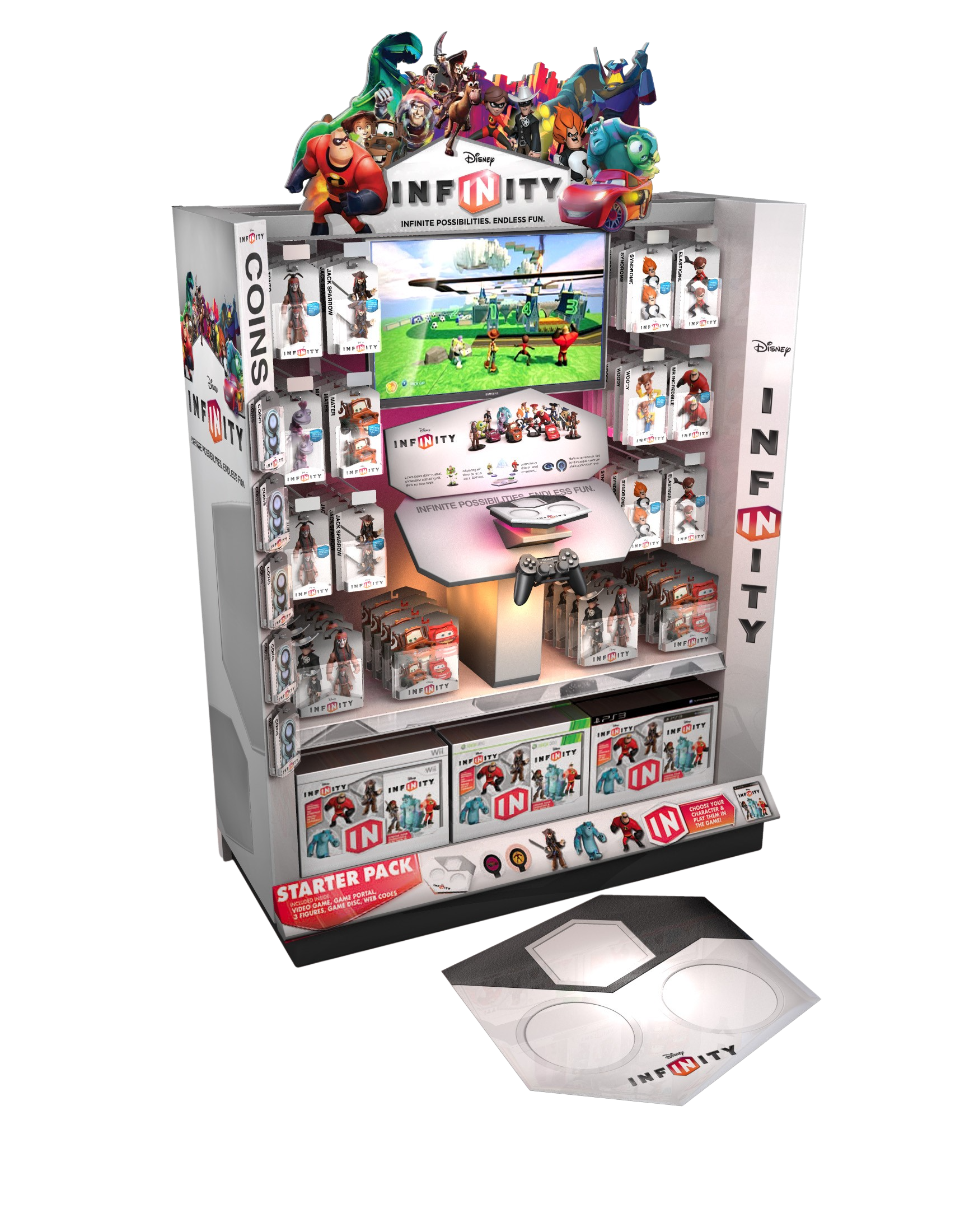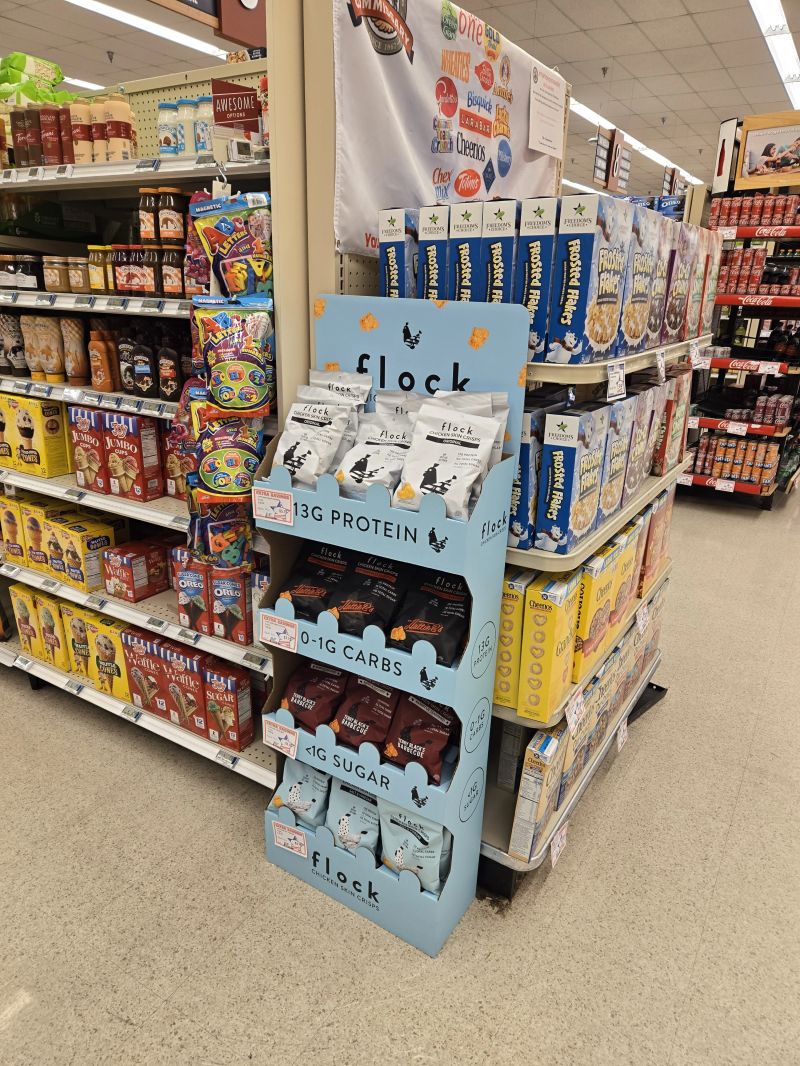Home » POP Displays for Cross-Merchandising
POP Displays for Cross-Merchandising
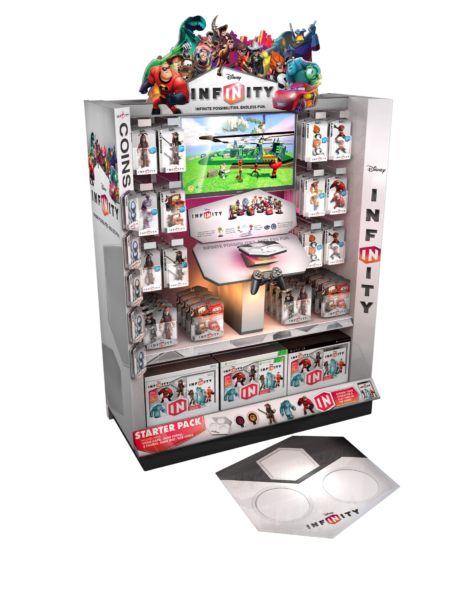
Cross-merchandising is one of the most effective ways to increase basket size in retail. By pairing complementary products in a single point-of-purchase (POP) display, brands can encourage impulse buys and highlight product synergies. Well-designed cross-merchandising displays must balance structural integrity with creative graphics to hold multiple SKUs securely while capturing shopper attention.
Why Cross-Merchandising Works
Shoppers often overlook product pairings when items are placed in separate aisles. POP displays solve this by bringing products together in a single, convenient location.
- Encourages impulse purchases.
- Educates consumers on product compatibility.
- Strengthens brand visibility and retailer relationships.
- Increases revenue per shopper visit.
Structural Considerations for Multi-SKU Displays
Cross-merchandising displays require careful engineering to hold different shapes and weights.
- Compartmentalized trays: Keep SKUs organized and accessible.
- Reinforced shelving: Prevent sagging under uneven product loads.
- Flexible layouts: Allow for multiple packaging sizes.
- Retail compliance: Dimensions must fit chain-specific guidelines.
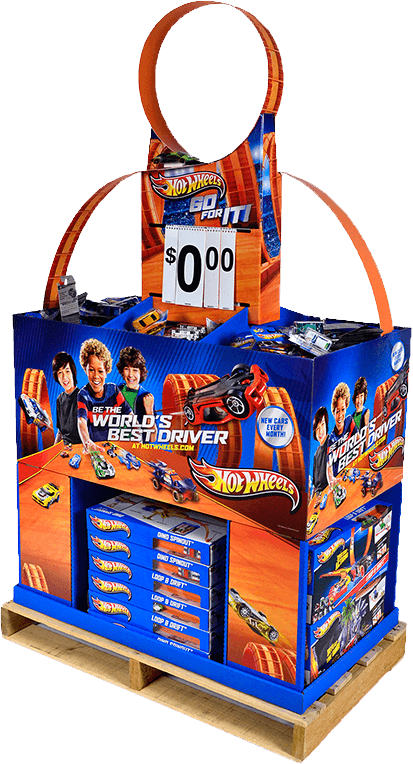
Graphics That Highlight Product Pairings
Graphics play a key role in cross-merchandising by showing shoppers why products belong together.
- Use bold imagery to connect items visually.
- Highlight bundle savings or promotional pricing.
- Position brand messaging where both products share visibility.
- Ensure graphics remain clear even when product stock is low.
Examples of Cross-Merchandising POP Displays
- Snacks and beverages: Pairing chips with soda or beer.
- Health and beauty: Combining shampoo with conditioner or styling products.
- Electronics: Packaging batteries alongside small devices.
- Household goods: Cleaning products displayed with tools or accessories.
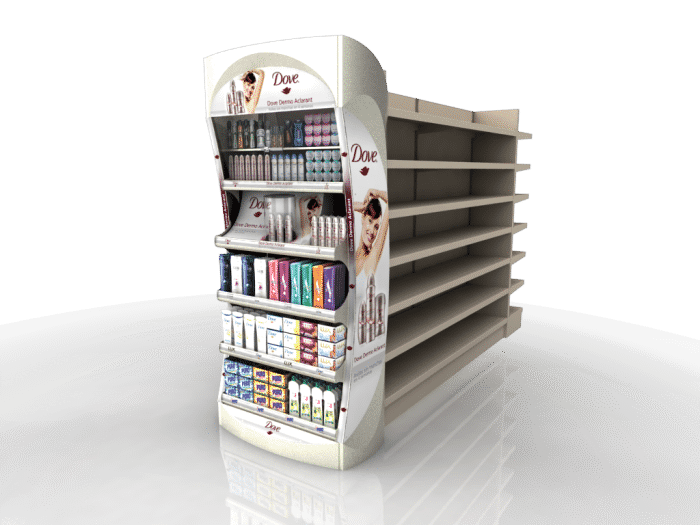
POP Display Solutions with Brown Packaging
Brown Packaging designs cross-merchandising POP displays that integrate structural strength with branding impact. Our solutions make it easy to showcase complementary products while meeting retailer standards. Contact us to explore custom display designs for your retail strategy.
References
Shop! Association. (2021). Best Practices for In-Store Marketing and POP Displays. Retrieved from https://www.shopassociation.org
Soroka, W. (2009). Fundamentals of Packaging Technology (4th ed.). Institute of Packaging Professionals.
ASTM International. (2022). ASTM D685: Standard Practice for Conditioning Paper and Paper Products for Testing.
In packaging, foam isn’t just about initial protection — it’s about maintaining performance over the entire shipping or storage cycle. Compression set and recovery characteristics determine whether foam continues to
Pouches are a go-to for flexibility and convenience, but they can fail in critical ways—from poor seals to punctures and delamination—that hurt performance and brand reputation. Understanding these failure points
In the retail environment, the placement of Point of Purchase (POP) displays is just as critical as their design and content. Strategic positioning can significantly influence consumer behavior, increase product
Choosing the right foam density isn’t about “soft” versus “hard” — it’s about controlling shock transmission and matching the foam’s cushioning curve to the product’s fragility. Using the wrong density
Home » POP Displays for Cross-Merchandising



